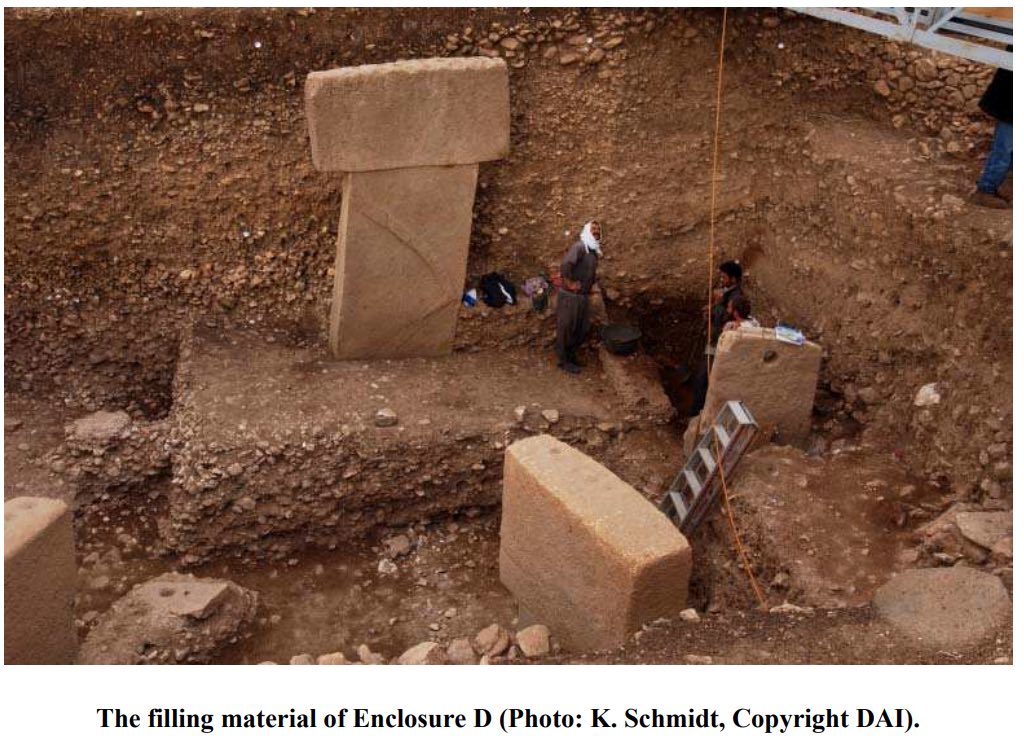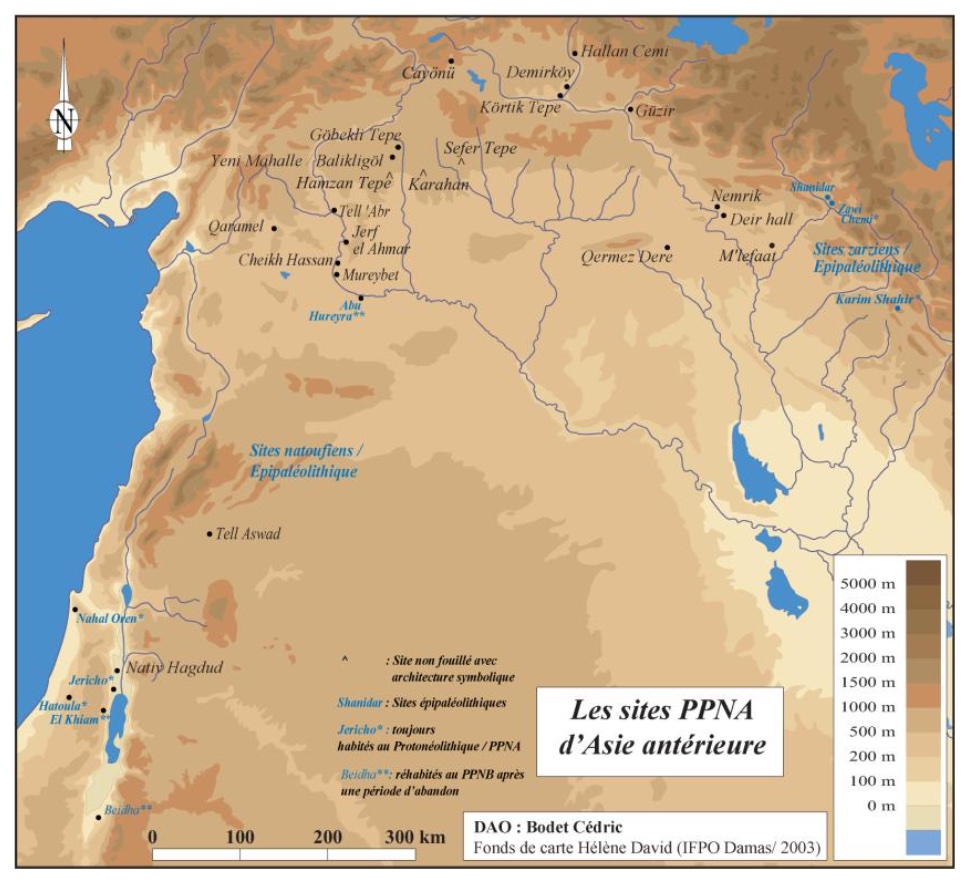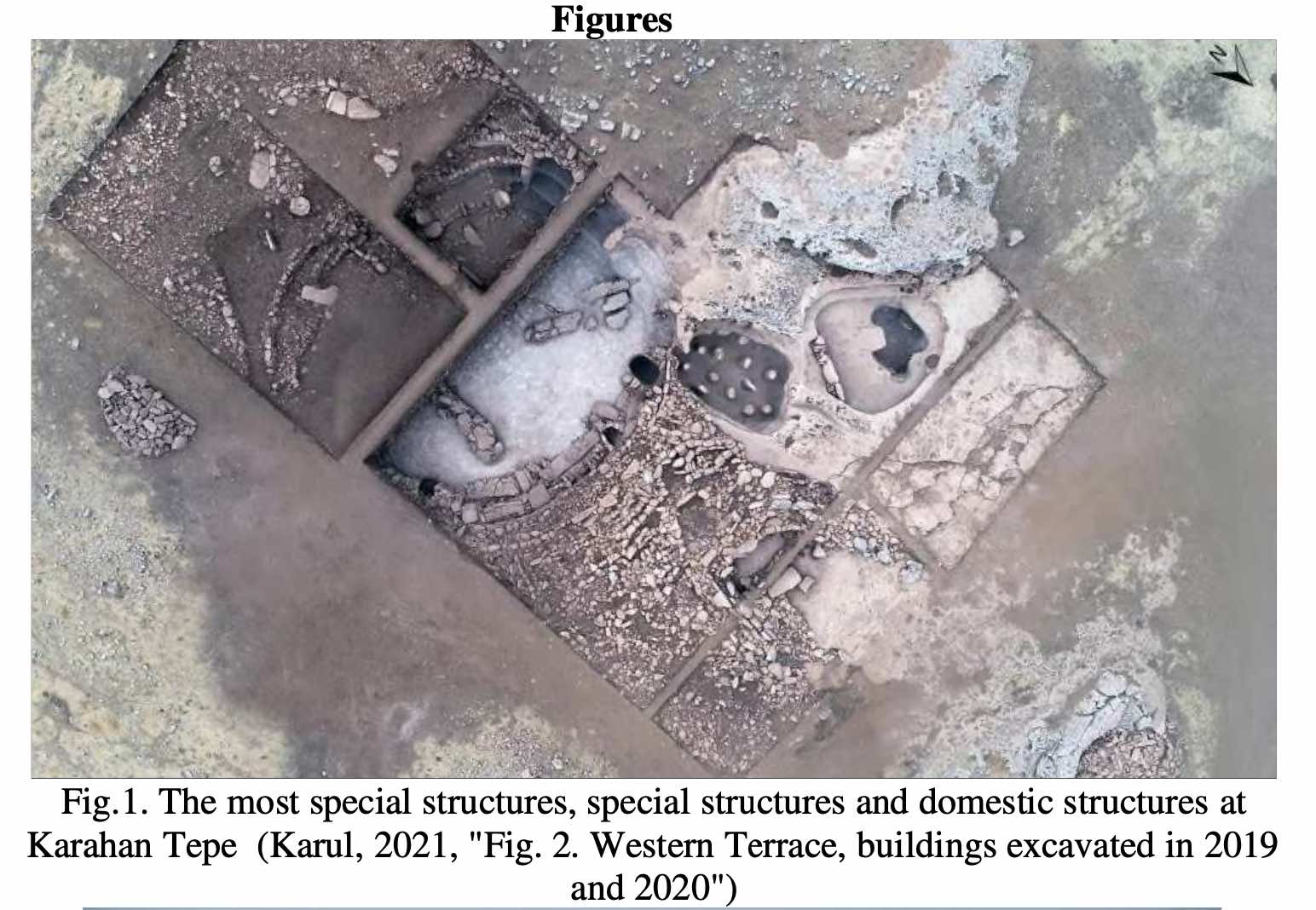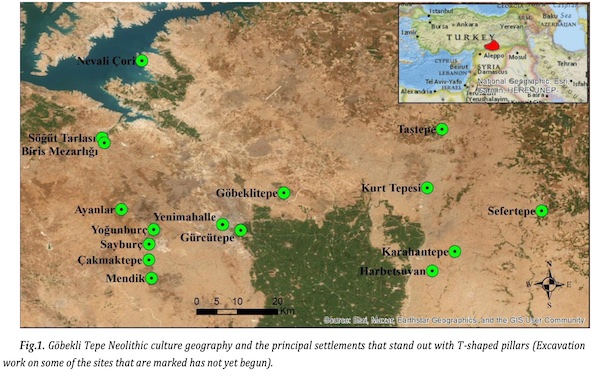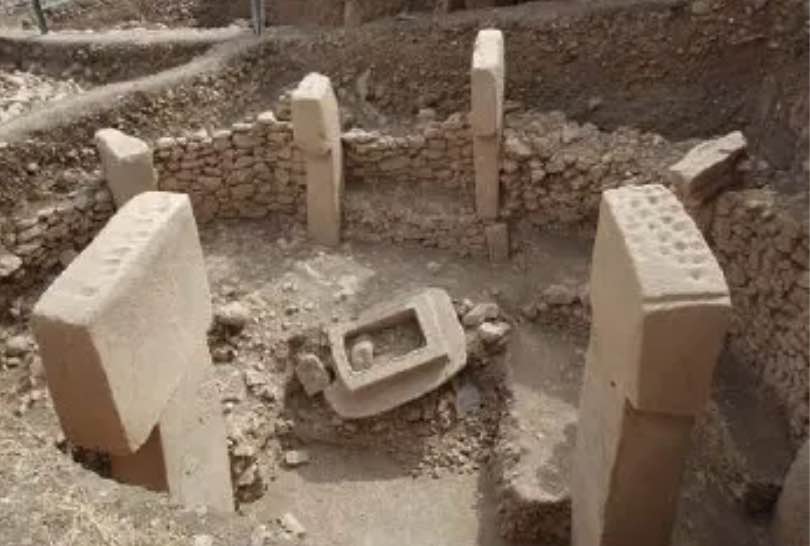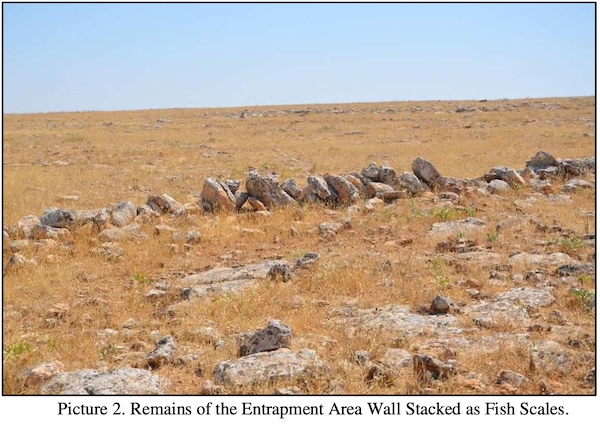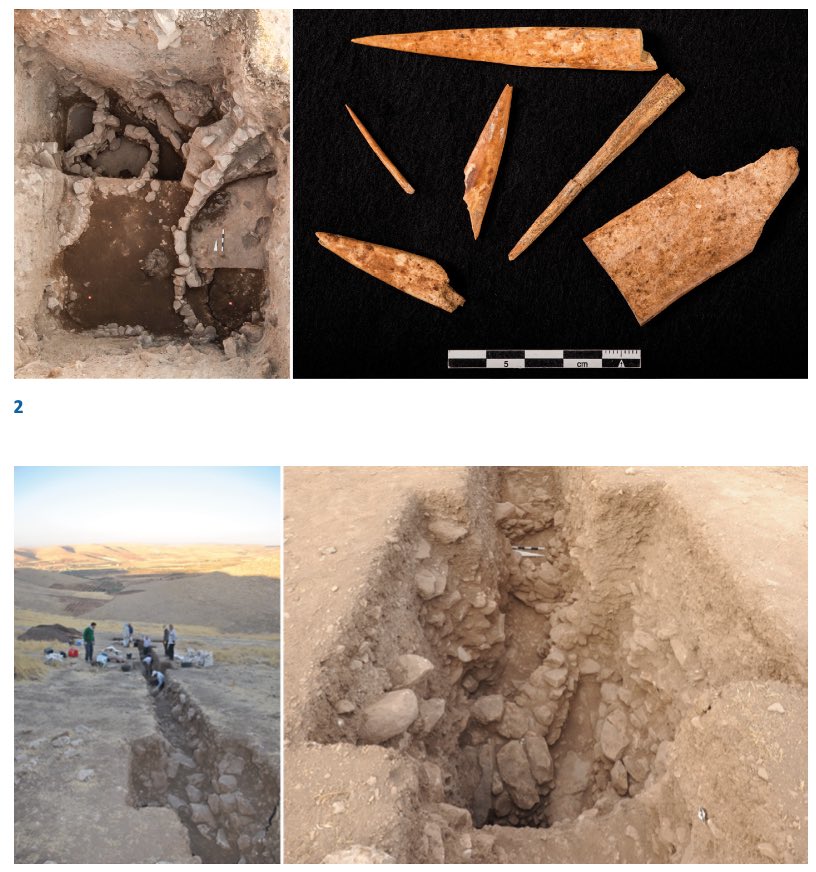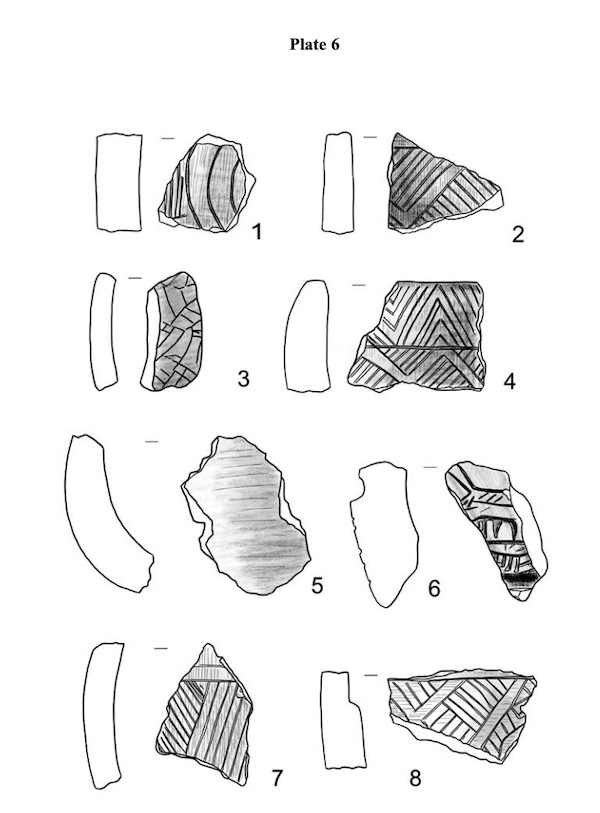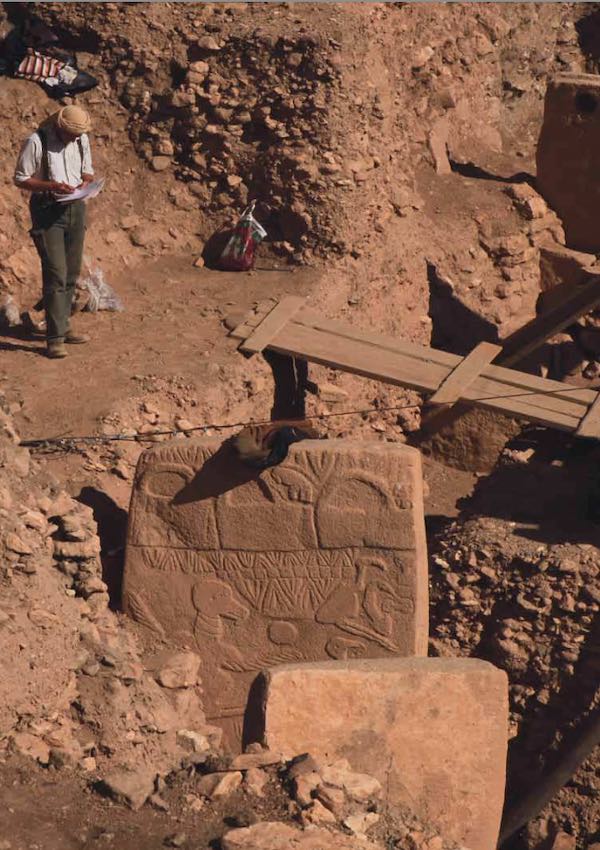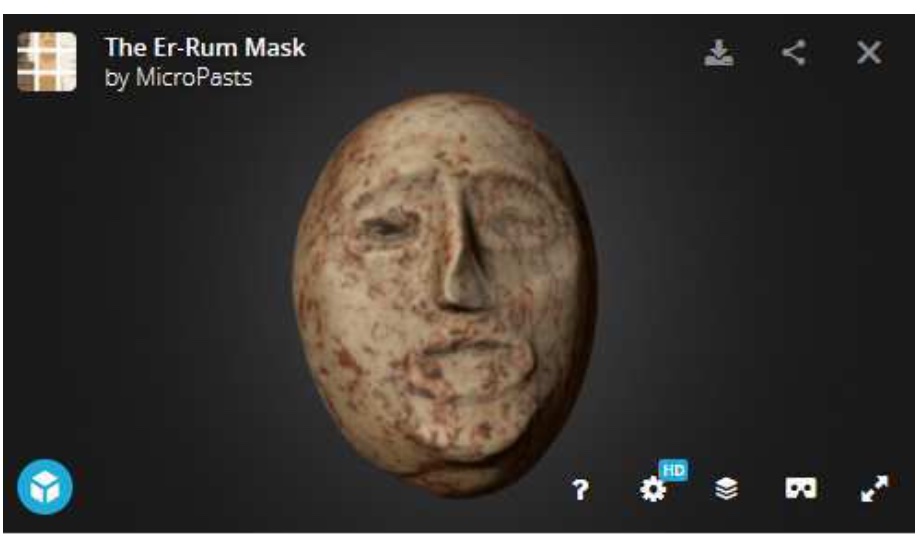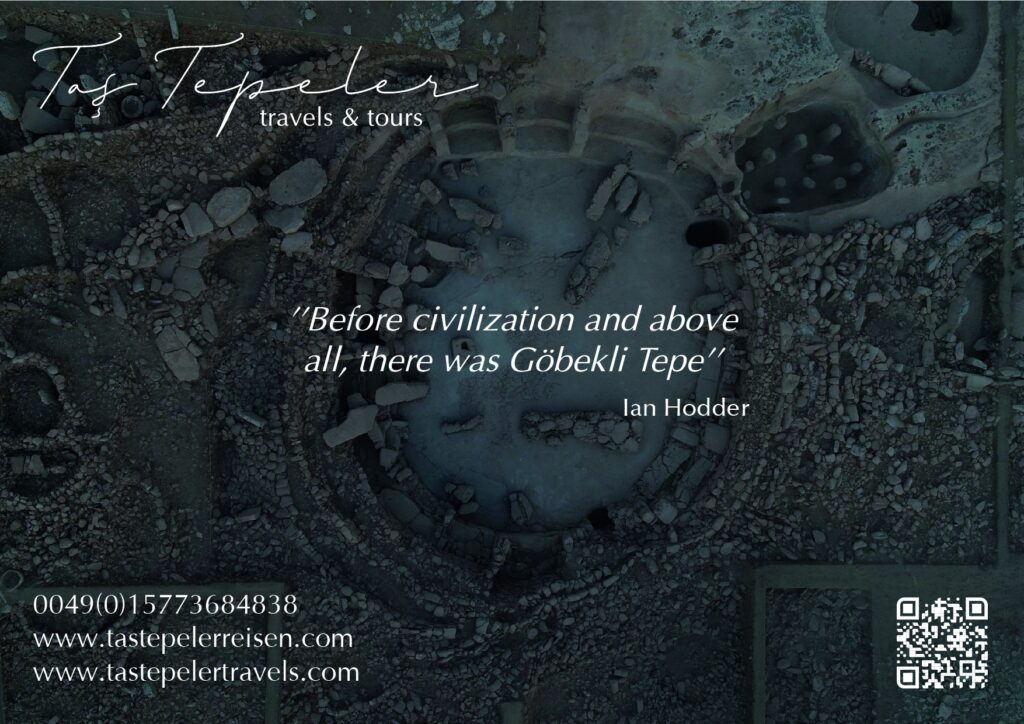Losing your head at Göbekli Tepe
The Göbekli Tepe Research Project is an interdisciplinary long-term project addressing the role of early monumentality in the origins of food production, social hierarchisation and belief systems as well as questions of early subsistence strategies and faunal developments in Neolithic Anatolia, Turkey. Excavations and archaeological research in the frame of this project are conducted by the Orient and Istanbul Departments of the German Archaeological Institute in close cooperation with the Şanlıurfa Haleplibahçe Museum. The archaeobiological part of the project is conducted by the Institute of Palaeoanatomy, Domestication Research and the History of Veterinary Medicine, Ludwig-Maximilians-University, Munich.
Read More

